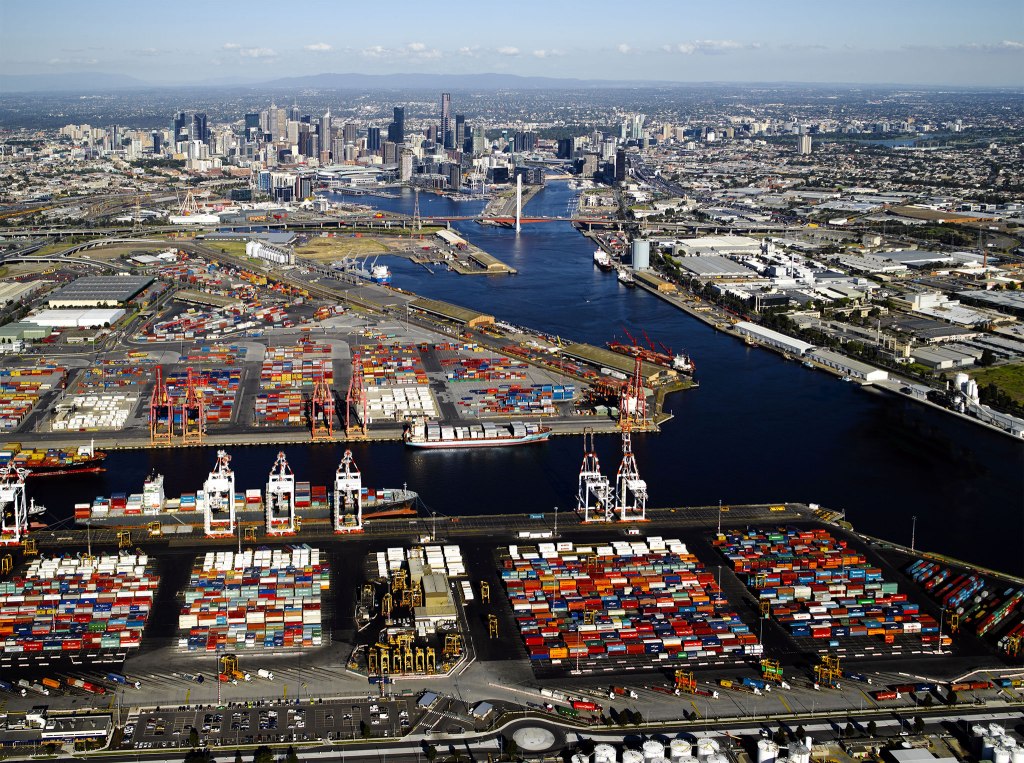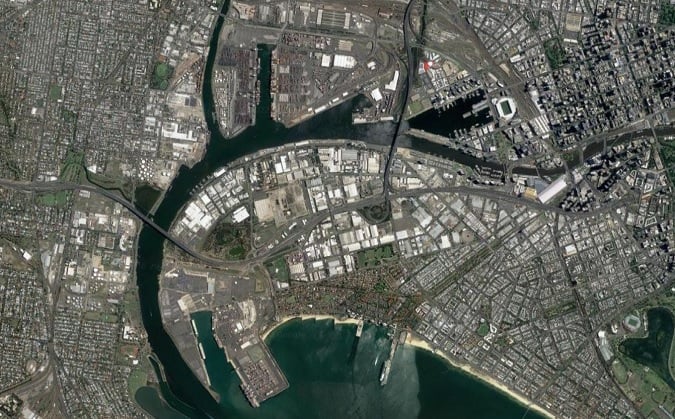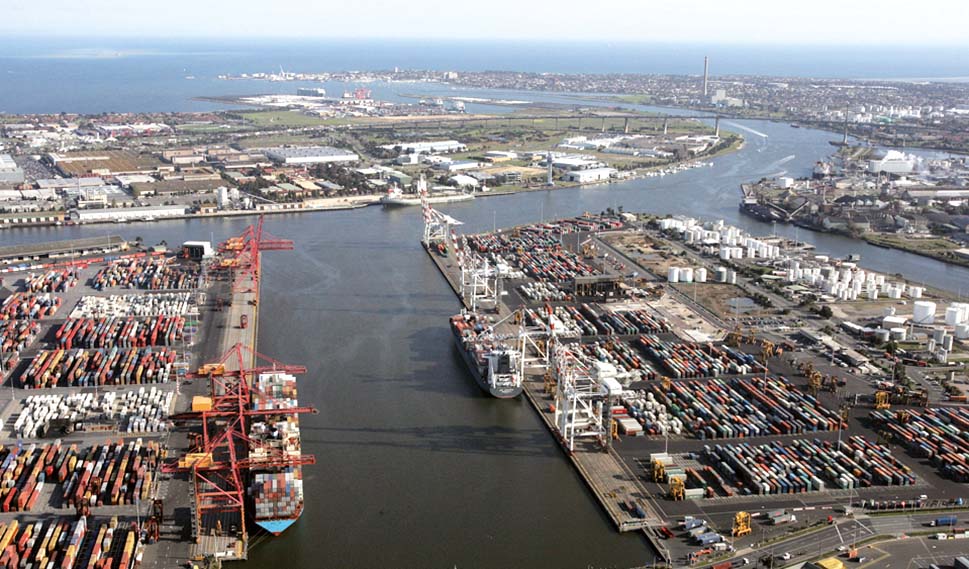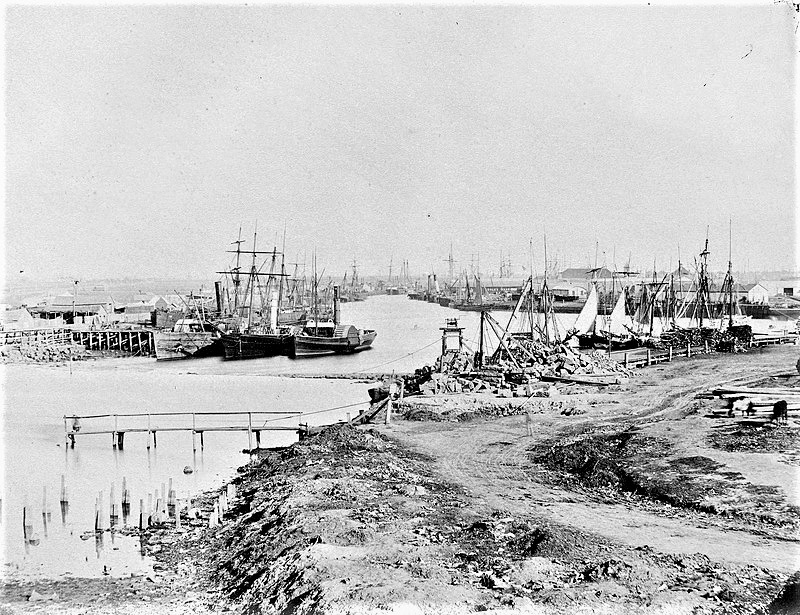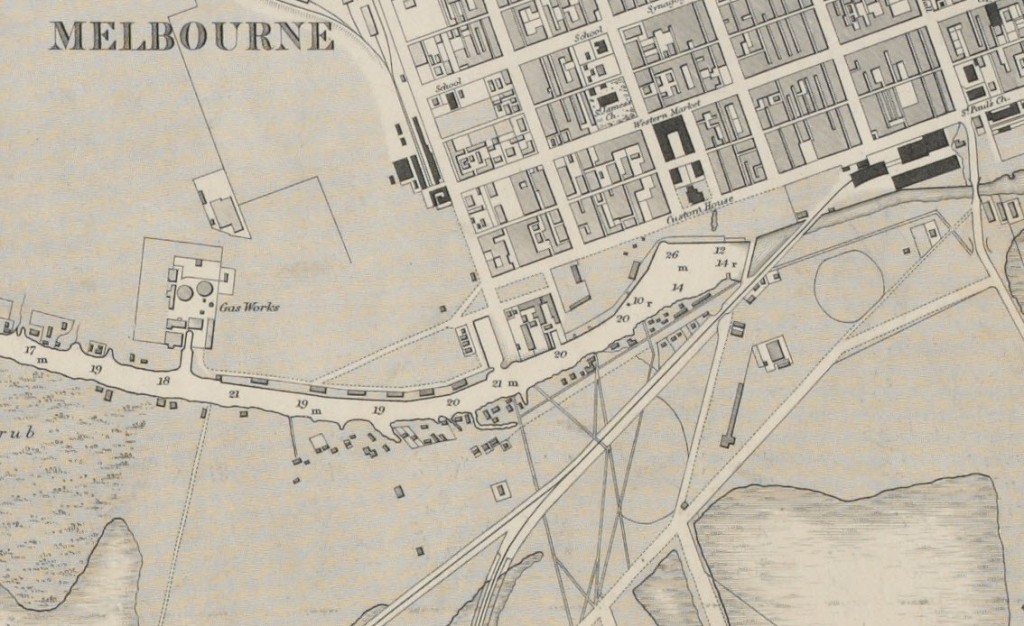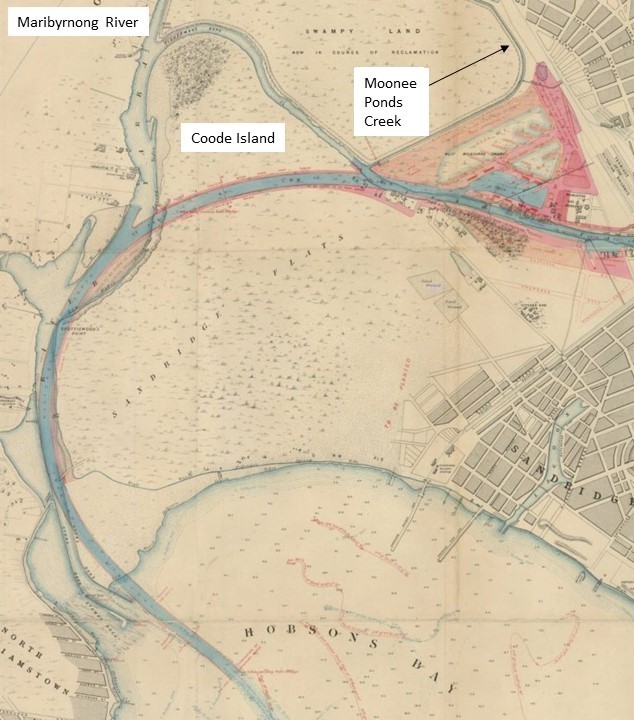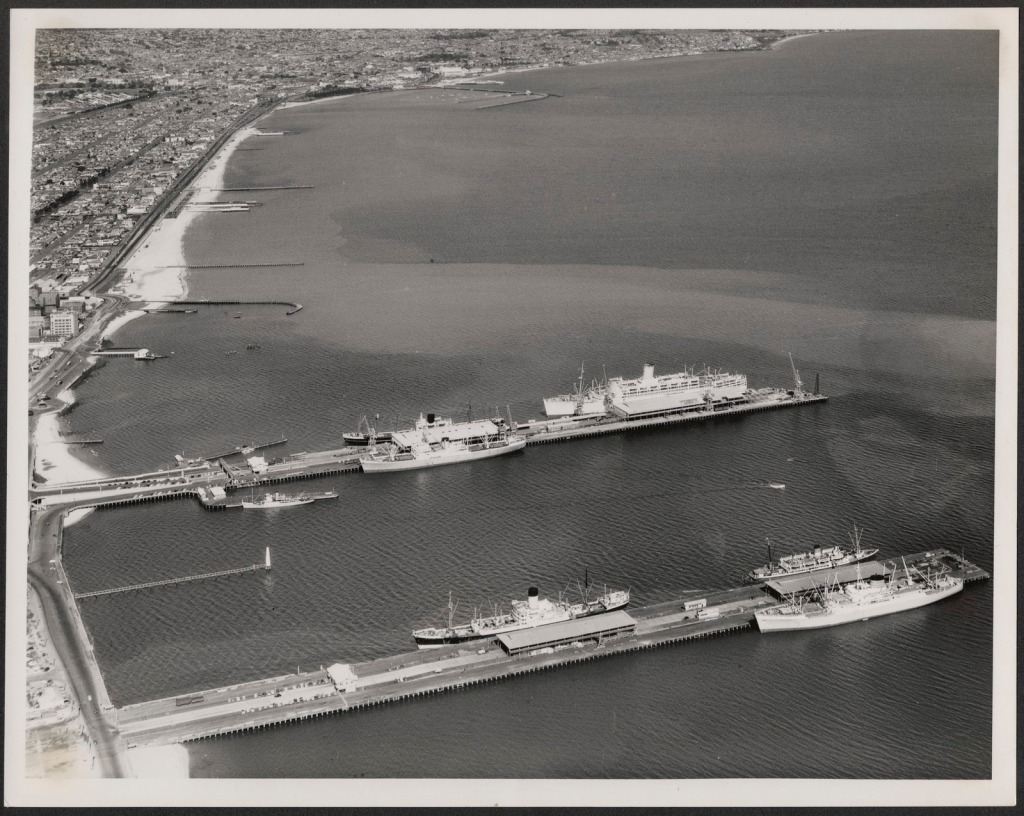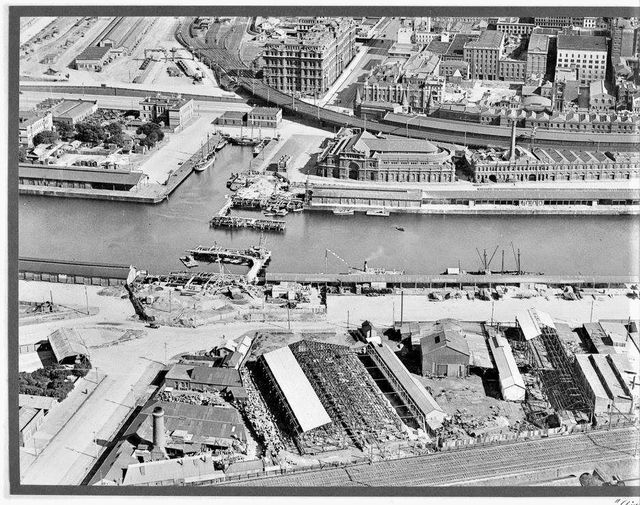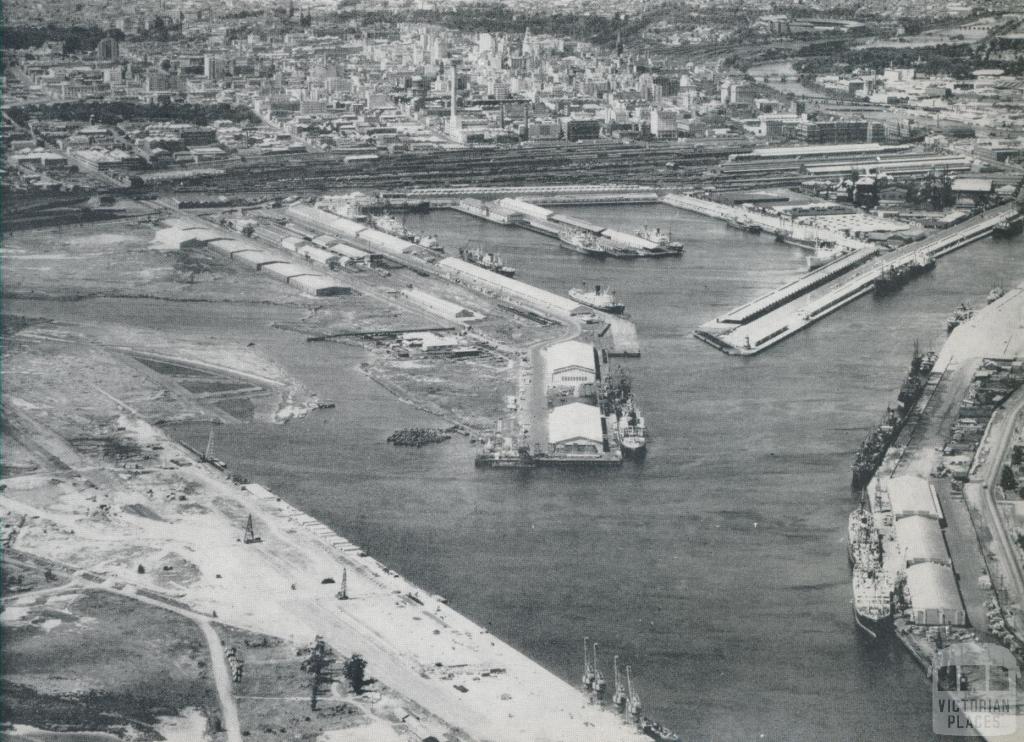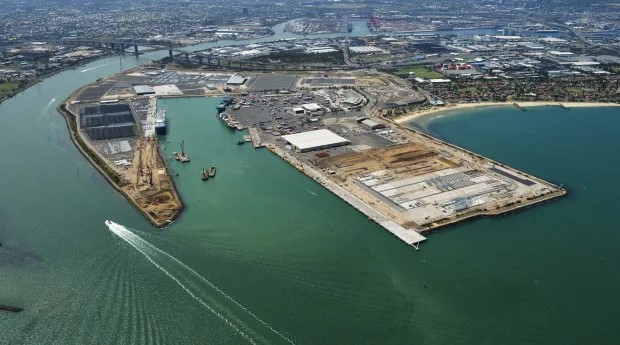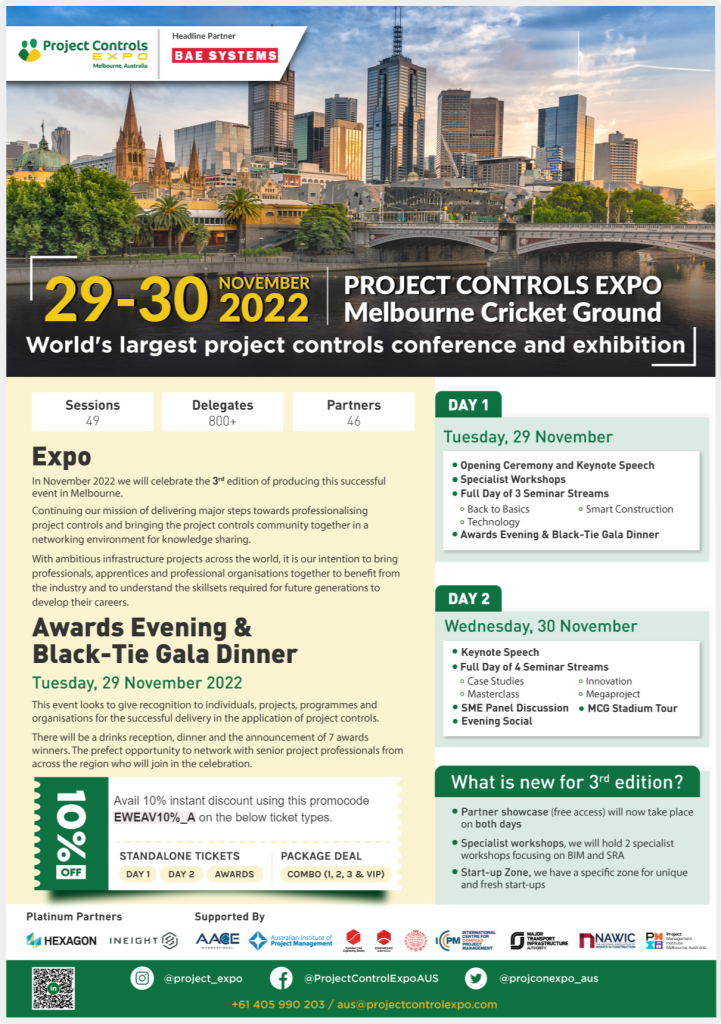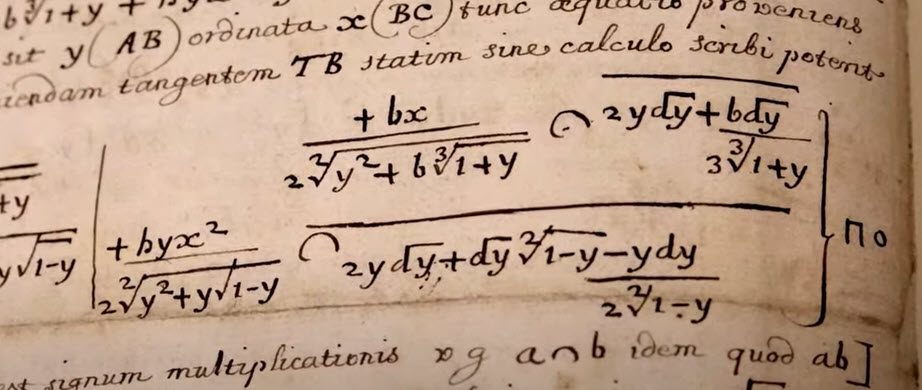White Constructions Pty Ltd v PBS Holdings Pty Ltd [2019] NSWSC 1166, involved a claim for delay and costs arising out of a contract to design a sewerage system for a subdivision and submit it for approval. The alleged breach was the failure to create and submit a sewer design acceptable to the approval authority which had the effect of delaying completion of the subdivision, giving rise to a claim for damages by White.
White and PBS both appointed experts to undertake a schedule analysis, and they did agree an ‘as-built’ program of the works but disagreed on almost everything else including the delay analysis method to use, the correct application of the methods, and the extent of the overall project delay caused by the delays in approving the sewer design.
The Judge found:
[Clause 18] Plainly, both experts are adept at their art. But both cannot be right. It is not inevitable that one of them is right.
[Note: This approach is consistent with the UK court decision of Akenhead J in Walter Lilly & Company Ltd v Mckay [2012] EWHC 1773 (TCC) at [377], “the court is not compelled to choose only between the rival approaches and analyses of the experts. Ultimately it must be for the court to decide as a matter of fact what delayed the works and for how long”. This precedent has been followed on a number of occasions[1].]
[Clause 22] The expert reports are complex. To the unschooled, they are impenetrable. It was apparent to me that I would need significant assistance to be put in a position to critically evaluate their opinions and conclusions.
[Clause 25] Under UCPR r 31.54, the Court obtained the assistance of Mr Ian McIntyre (on whose appointment the parties agreed).
[Clause 137] The major components of the works were:
• earthworks,
• roadworks and kerbing,
• sewerage,
• electrical and National Broadband Network (NBN) installation,
• footpaths, and
• landscaping.,
[Clause 138] The electrical and NBN installation was contracted to and carried out by an organisation called Transelect. Landscaping was contracted to RK Evans Landscaping Pty Ltd. The as-built program is not in dispute.
[Note: the rest of the work was undertaken by other contractors]
[Clause 184] White bears the onus of establishing that it suffered loss and the quantum of it.
[Clause 185] White’s damages are based on delay to the whole project, said to be attributable to the late (underbore) sewer design. This is not the type of subject upon which precise evidence cannot be adduced. [Therefore] It is not a subject which involves the Court having to make an estimation or engage in some degree of guesswork.
[Clause 188] The descriptions of the methods adopted by Shahady and Senogles respectively are evidently derived from the publication of the United Kingdom Society of Construction Law, the Delay and Disruption Protocol….
[Clause 191] Mr McIntyre’s opinion, upon which I propose to act, is that for the purpose of any particular case, the fact that a method appears in the Protocol does not give it any standing, and the fact that a method, which is otherwise logical or rational, but does not appear in the Protocol, does not deny it standing.
[Note: this is the same wording as an express statement contained in the Delay and Disruption Protocol]
[Clause 195] Mr McIntyre’s opinion, upon which I propose to act, is that neither method [used by the parties experts] is appropriate to be adopted in this case.
[Clause 196] Mr McIntyre’s opinion, upon which I propose to act, is that close consideration and examination of the actual evidence of what was happening on the ground will reveal if the delay in approving the sewerage design actually played a role in delaying the project and, if so, how and by how much. In effect, he advised that the Court should apply the common law common sense approach to causation In effect, he advised that the Court should apply the common law common sense approach to causation referred to by the High Court in March v E & MH Stramare Pty Ltd (1991) 171 CLR 506.
[Clause 197] The Court is concerned with common law notions of causation. The only appropriate method is to determine the matter by paying close attention to the facts, and assessing whether White has proved, on the probabilities, that delay in the underboring solution delayed the project as a whole and, if so, by how much.
[Clause 198] This requires it to establish that:
• the whole project would have been completed by 15 July 2016,
• the final sewer approval delay delayed sewer works,
• the sewer works delay prevented non-sewer works from otherwise proceeding, that is, that the programme could not reasonably have been varied to accommodate the consequences of late approval, and
• other works could not have been done to fill downtimes so as to save time later.
[Clause 199] ……… White has failed to discharge this burden.
Summary
The factors required to prove a delay outlined by the Judge at Clause 198 can be generalised as follows:
- The completion date for the project before the delay event occurred has to be known with some certainty.
- The delay event has to be shown to cause a delay which flowed through to extend the overall project completion date.
- There were not reasonable alternative ways of working that could mitigate the effect of the delay on project completion.
More significant, none of these steps needs a CPM schedule. The project status and the effect of the disruption on project completion can be assessed based on its effect on the productivity of key resources. This is discussed in Assessing Delays in Agile & Distributed Projects: https://mosaicprojects.com.au/PDF_Papers/P215_Assessing_Delays_In_Agile_+_Distributed_Projects.pdf
[1] This approach by the courts is discussed in Delivering Expert Evidence is Becoming Harder: https://mosaicprojects.com.au/Mag_Articles/AA028_Delivering_Expert_Evidence.pdf



